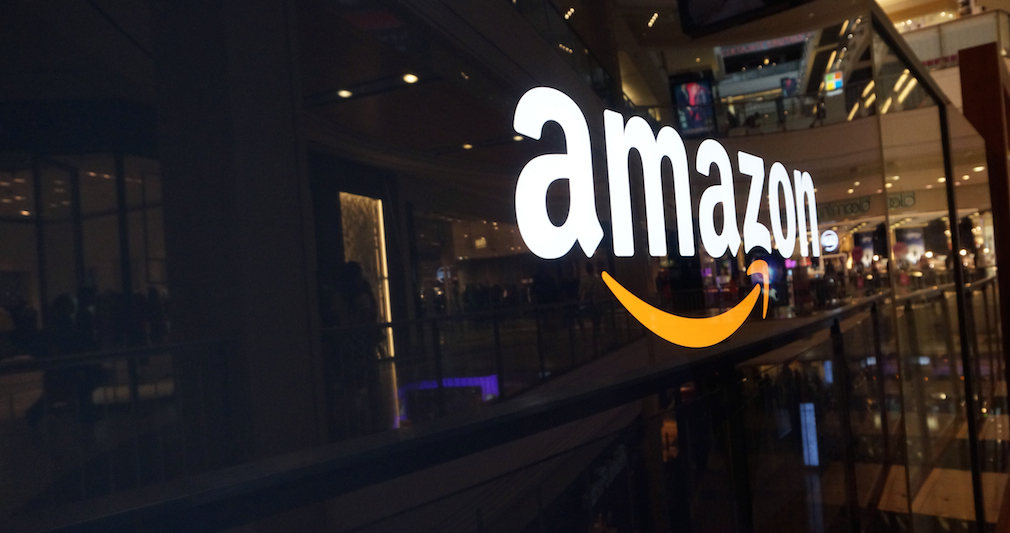Earlier this week, Amazon announced its second headquarters, HQ2, will be split between New York City and Arlington, Virginia, a move will that cost local taxpayers about $3.4 billion.
An article by Jacob Passy for MarketWatch explained Amazon regularly receives payouts from local governments.
From the article:
This is far from the first time Amazon has received a massive payout from state or local government officials. Before the HQ2 announcement, Amazon had received roughly $1.61 billion in subsidies from state and local governments over roughly the past two decades, according to data collected by Good Jobs First, an advocacy group that tracks corporate accountability.
The new headquarters is estimated to bring in about 50,000 jobs with an average salary of $100,000 between the new locations over the next 15 years. It is also expected to invest about $15 billion in the economy over the next 17 years.
The question is: Is Amazon’s new headquarters really worth the tax incentives paid to get them there, and the expected increase to the cost of living? That may depend on who you ask.
While Amazon’s $5 billion investment is long-term, new data from Metrostudy shows the announcement is having an immediate effect on the two cities.
“For Queens and Arlington, this translates into demand for more than 15,000 new homes in each community,” Metrostudy Chief Economist Mark Boud said. “Housing supply will be gradual to adjust in these urban areas, but our feeling is that Amazon has already received commitments from both cities in terms of infrastructural improvements and housing supply.”
“Still, the short-term ramifications in terms of rising wage pressures, rising rent and home prices and more pressures on existing infrastructure will be significant,” Boud said.
In fact, Metrostudy even forecasts that Amazon will double down on its recent investment into factory built housing, or homes constructed on a factory floor and assembled on site, as the need for housing grows around its new headquarters.
But while residents will see home prices start to rise, possibly even up to 83% in the surrounding areas if it follow’s Seattle’s example, residents will benefit from the changes in infrastructure Amazon brings, such as new investments from the city in mass transit and airports.
But critics insist that the majority of the benefit will overlook the area’s low income and color communities.
“New Yorkers want to know: Why are we giving away taxpayer dollars to the richest man on earth while our communities get sidelined for the funds we need to fix public transit and our growing housing crisis?” said Maritza Silva-Farrell, executive director of ALIGN, an alliance of community and labor united for a just and sustainable New York. “Amazon vaguely touts that it will create thousands of jobs, but we know that unless we demand equitable development and job creation, tech companies like Amazon will continue to leave low-income communities and communities of color out in the cold.”
And still others, such as Fitch Ratings, say Amazon’s presence will change very little for the cities’ job or even housing markets. Click here to read more about the housing industry’s reaction to the new HQ2.





